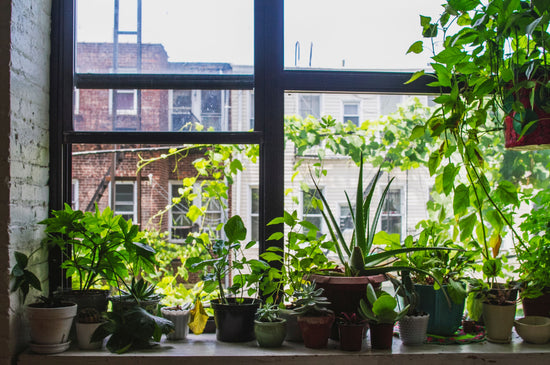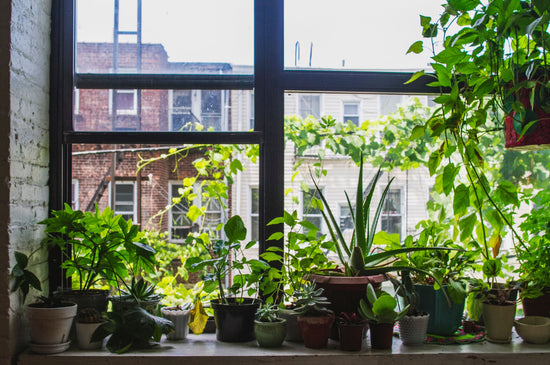Can a Houseplant Survive Outside?
Many houseplant enthusiasts wonder whether their indoor plants can thrive outdoors, especially during warm months. While most houseplants are tropical in origin and thrive in controlled indoor environments, many can adapt to life outdoors under the right conditions. Popular plants such as the Peace Lily, Spider Plant, and Satin Pothos can make beautiful additions to patios, porches, or gardens with proper care.
Factors to Consider When Moving a Houseplant Outdoors
1. Climate Compatibility
Before relocating your indoor plants, understand their natural habitat. Tropical plants like the ZZ Plant and Devil’s Ivy can tolerate heat and humidity, but they may not survive in areas with harsh sun or cold temperatures.
2. Sunlight Requirements
Some plants, like the Spider Plant, prefer indirect sunlight, while others, like the Christmas Cactus, can tolerate dappled light outdoors. Be mindful to place your plants in areas that match their light needs.
3. Temperature Sensitivity
Many houseplants, including the Zanzibar Gem Plant, cannot tolerate temperatures below 50°F. Bring them inside when the weather cools to prevent damage.
4. Pest Management
Outdoor conditions expose plants to pests like aphids, spider mites, and whiteflies. Inspect your houseplants regularly and use appropriate pest control measures when necessary.
Best Houseplants for Outdoor Survival
-
Peace Lily
Thrives in shaded outdoor areas and adds elegance with its white blooms.
Peace Lily -
Spider Plant
Known for its hardiness, the Chlorophytum Spider Plant can survive under various light conditions outdoors.
Spider Plant -
Satin Pothos
Its trailing vines and variegated leaves look stunning in hanging baskets or outdoor planters.
Satin Pothos -
ZZ Plant
This low-maintenance plant adapts well to outdoor conditions with minimal care.
ZZ Plant -
Christmas Cactus
Offers vibrant blooms during cooler months and grows well in shaded, humid areas outdoors.
Christmas Cactus
Tips for Transitioning Houseplants Outdoors
- Acclimatization: Gradually expose plants to outdoor conditions to prevent shock. Start with a few hours in shaded areas before increasing exposure.
- Watering Adjustments: Outdoor conditions often cause plants to dry out faster. Monitor the soil moisture and water as needed.
- Fertilization: Use a balanced fertilizer to encourage growth during the active growing season.
- Protection: Use mulch to retain moisture and protect roots from temperature extremes.
FAQs
Q: Can all houseplants survive outside?
A: Not all indoor plants can handle outdoor conditions. Tropical plants like the Philodendron and Pothos adapt better than plants sensitive to direct sunlight or cold temperatures.
Q: How do I prevent pests on my houseplants outdoors?
A: Regularly inspect plants for signs of pests and use natural or chemical treatments as needed. Cleaning leaves with soapy water can also deter insects.
Q: Can houseplants be left outside year-round?
A: In most climates, houseplants should only be kept outside during warm months. Bring them inside before the temperature drops below their tolerance level.
With the proper care and attention, many indoor houseplants can thrive outdoors, enhancing your garden or patio. From the resilient Spider Plant to the elegant Peace Lily, explore our Houseplants Collection to find the perfect greenery for both indoor and outdoor spaces.





